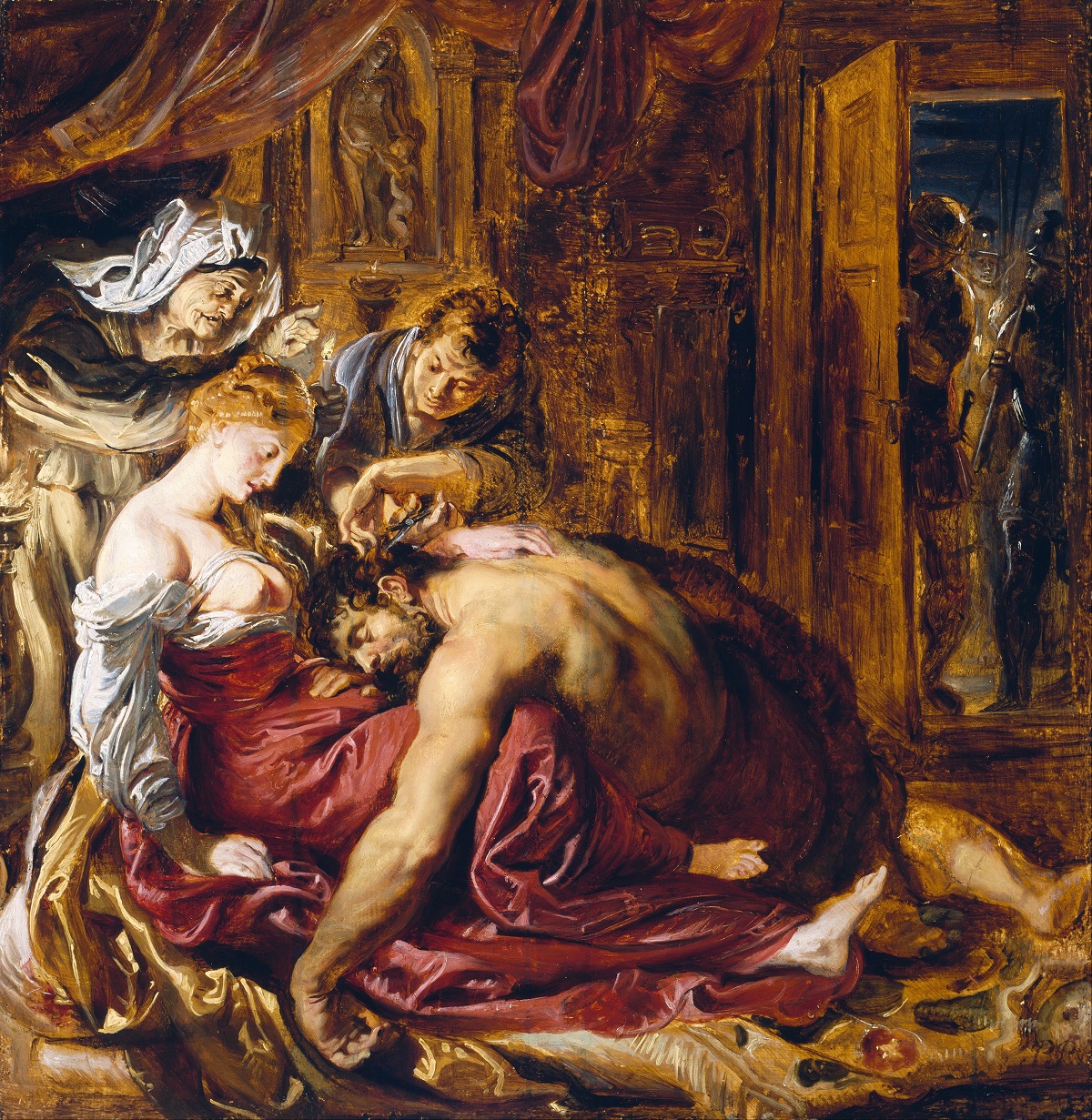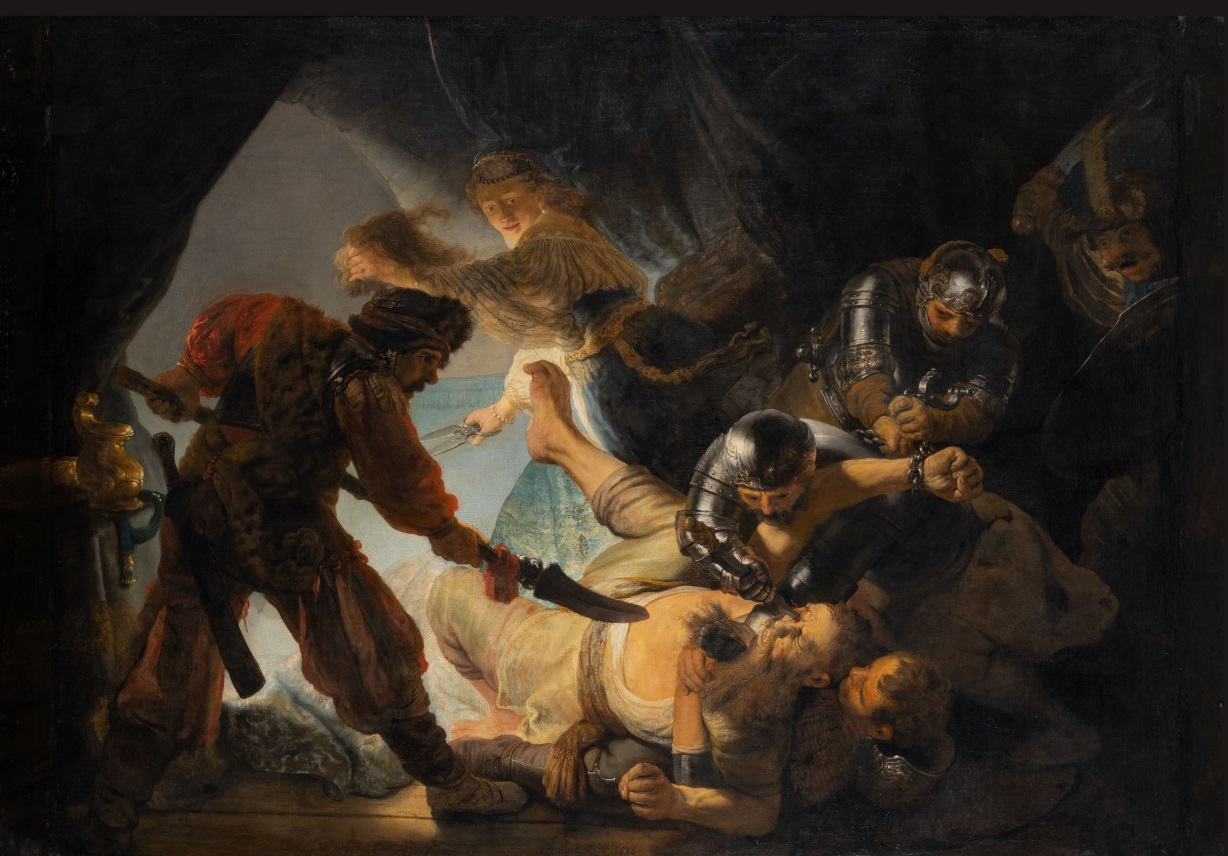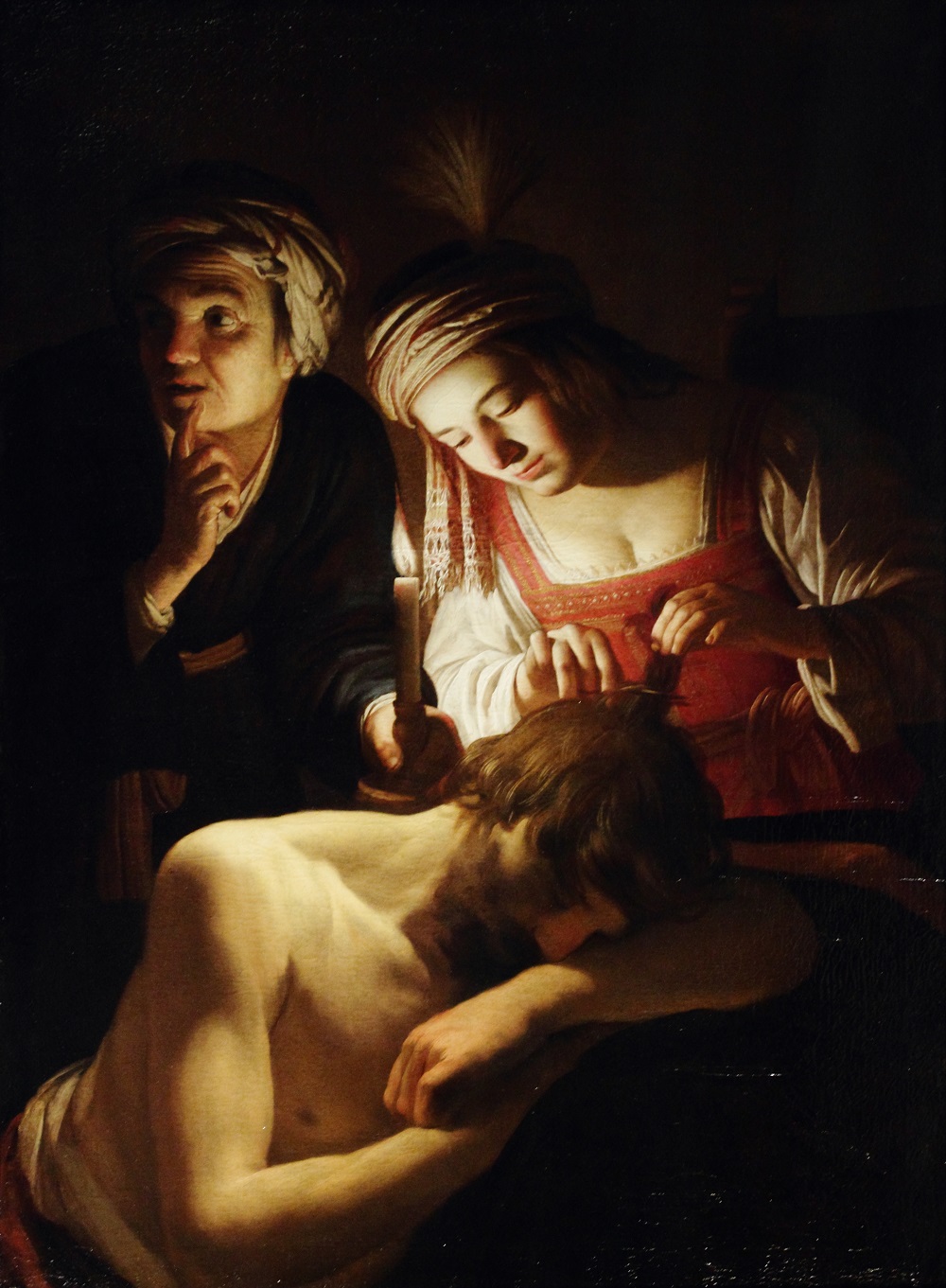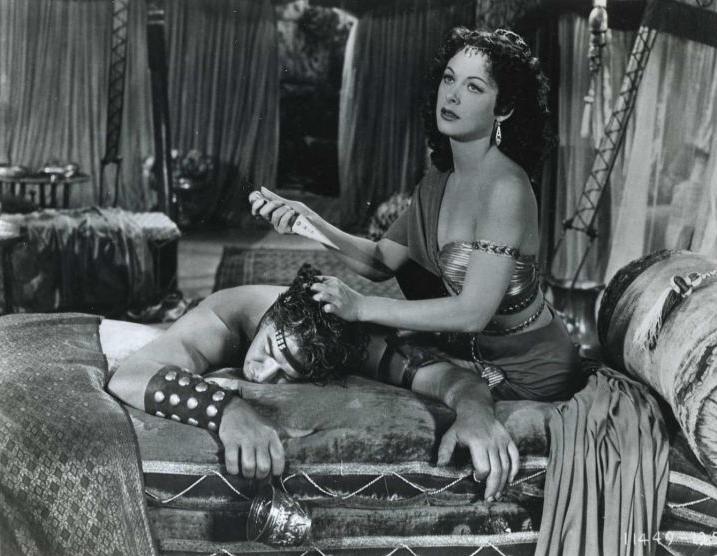Some names evoke such strong connotations that you can’t free yourself of them. One of those names is Delilah. Every time you hear Tom Jones’s immortal hit from 1968 about the treacherous woman who drove him crazy, which was written by Barry Mason and composed by Les Reed, you can envision the seductive and dangerous image of the biblical Delilah. While Samson symbolizes courage, Delilah has become a code name for sensual and backstabbing women.
Everyone is familiar with the biblical story of Delilah. Samson, the last judge in the Book of Judges, received superpowers from God to terrorize the Philistines, who at the time ruled the southern part of the country. The Philistines, who wanted to get rid of him, commissioned the services of Delilah to seduce him and expose the secret of his strength. Delilah exploited the fact that Samson was in love with her (the Bible explicitly says that he loved her, but doesn’t mention that she loved him), and as soon as she discovered the secret of strength, she cut off his hair and handed him over to the Philistines, who blinded him and put him in prison, where he was forced to turn a millstone to grind grain.

But that was not enough for the Philistines. They also brought Samson to the Temple of Dagon to humiliate him and celebrate his capture. The biblical Samson took revenge by destroying the temple, burying everyone in it, including himself – just like the storyteller in Tom Jones’s song. The biblical Samson said “Let me die with the Philistines,” whereas Delilah’s killer in the song, according to most of the commentaries, waits for the police to come, break down the door and arrest him.
Delilah’s persona has continued to fascinate Western culture since biblical times. Her different characterizations in popular culture and the meanings that have been attributed to her myth were analyzed by the late Elizabeth Wurtzel in her book Bitch – which is a collection of essays published in 1998 following the meteoric success of her earlier book, Prozac Nation. The collection of essays, in which Wurtzel sings the praises of “difficult women” as she calls them, consolidates texts about an array of ‘bad girls’ from the dawn of history and up to the period in which the book the published.
Wurtzel defines Delilah as “the first femme fatale,” “the lethal woman” – namely, the archetype of the dangerous and deceitful woman who, as we know, poses much more of a threat to men than any man-enemy does. When it comes to a man-enemy, the person at least knows where he stands. Certain women, on the other hand, have powers that can cause a man to lose his head, let down his guard and risk his life. Delilah was especially dangerous because she was an independent woman. We know that because the text introduces her by name, without noting that she was someone’s daughter, wife or sister. And an independent woman is, of course, very dangerous.

Although the tale of Samson and Delilah is usually interpreted as a story in which a seductive woman causes a man to lose his head, Wurtzel quotes the biblical researcher, Cheryl Exum, who made note of the fact that Delilah was actually a tool in the hands of the Philistine leaders. She was manipulated by them and served male interests. So, ultimately, Samson was not taken down by a woman, but by a man.
Wurtzel also talks about Samson Agonistes, the closet drama written by the British poet, John Milton, in 1671. On the one hand, she maintains that Milton stuck to the accepted explanation, according to which Samson was a good guy who was deceived by a satanic woman. On the other hand, Milton admits that you need two to tango and that Samson was responsible for his actions. The question of responsibility here is crucial. The image of the femme fatale contains the assumption that her sexual power is so great that the man is not responsible for his actions. In Tom Jones’s song, Delilah’s killer says: “Forgive me, Deliah, I just couldn’t take any more” – thereby exempting himself from responsibility.
Wurtzel also believes that Samson should have accepted responsibility for his actions. She adds that if women really had the magical power to cause men to do what they want, women would be ruling the world. The fact that they don’t proves that even when men lose their head for a moment, they generally come to their senses very quickly. It doesn’t matter how many times they tell you: “look for the woman.” The time has come to stop blaming women for the irrational behavior of men.

Delilah was only one chapter in the life of Samson the Hero – the Jewish Hercules. Accordingly, he was depicted in Western culture much more than Delilah was. Paintings and sculptures of Samson have often been made without Delilah, where he is shown fighting the Philistines, or marrying his first wife, or killing the lion, or destroying the Temple of Dagon. However, in most cultural references to Samson – in literature, plastic art, operas, plays and rock songs – it appears that Delilah is usually present. So, let’s admit that even if she was just a single episode in Samson’s saga, Delilah was no doubt the most interesting and scandalous one.
Because Samson and Delilah’s story is so sexy, dramatic, and replete with emotion and action, it seems as if it was conceived for the big screen. And, in fact, over the years an endless number of films have been made based on the story. In all of them, beautiful and seductive women were cast as Delilah (some more exotic and others less so), and all of them feature a disappointing and not sufficiently convincing Samson. Most of the productions procured a real lion, and all of them had a dramatic and effective trailer – that’s how it is when no one fears spoilers. Wurtzel mentions some of those films in her essay, and also talks about one film made for television that we never heard of, produced by the American cable network, A&E. It promoted the film using a question full of drama: “Is it Melrose Place? No, the Bible!”
The greatest and most famous movie based on the story was, of course, the epic film made by Cecil B. DeMille in 1949, starring Victor Mature and Hedy Lamarr. Its most powerful and unforgettable scene shows Samson destroying the Temple of Dagon with the Philistines in it. DeMille’s film shot in Technicolor, which relied not only the biblical story, but also on the historical novel, Samson The Nazarite, by Ze’ev Jabotinsky, was a huge success and the biggest box office hit in 1950. It also won two Oscars for Best art Direction-Set Decoration and Best Costume Design.

On her part, Delilah has starred not only in films, but also in various other media. In a 1636 oil painting by Rembrandt, now in the Städel Museum in Frankfurt, you can see her fleeing, holding the tresses of her beloved in one hand, and a pair of scissors in the other, while the Philistines gouge out Samson’s eyes. Delilah is also mentioned in songs by the Grateful Dead, Leonard Cohen, PJ Harvey, Bruce Springsteen, and others.
And when it comes to Delilah, we assume more than we actually know. We don’t know if she died together with the other Philistines in the Temple of Dagon. We don’t even know for sure that she was a Philistine. Nevertheless, most people have assumed that. And that question is critical to understanding her motives. If she was a Philistine, then it’s no wonder that she helped her people apprehend the Jewish strongman who was giving them trouble. If she was a Philistine, she should have been remembered as a national hero who was simply helping her people. According to other interpretations, Delilah was Canaanite, or even a Jew, who sold Samson to the Philistines in an act of greed (the claim that she received money from the Philistines is mentioned explicitly). That interpretation is much more consistent with the archetype of the dangerous woman who will put a knife in your back to serve her own interests. But in the end, the mythical Delilah is a femme fatale, and no one asks why a femme fatale seduces and betrays – it’s simply in her nature.
However, the view of the femme fatale is slowly changing. You can find feminist texts about the actions of those women, who were branded as being demonic, manipulative and treacherous. According to those works, the women were merely using their seductive skills – the only tool at their disposal – in order to advance in life, or perhaps just to survive.